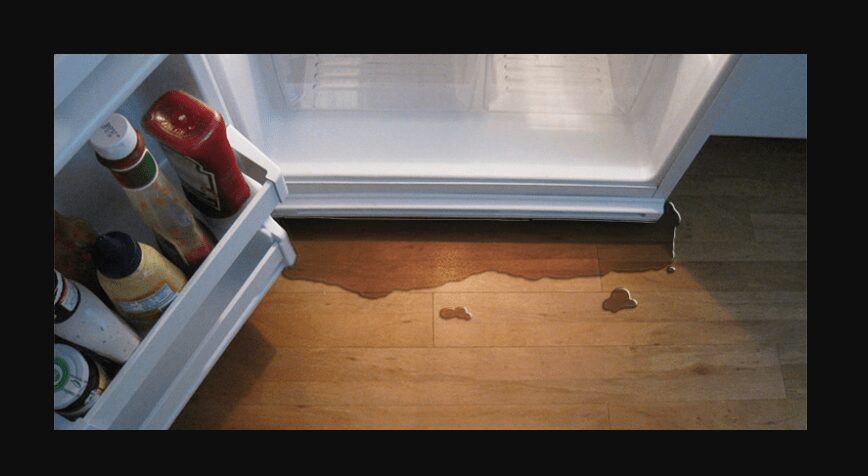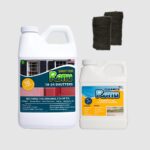A fridge that suddenly stops doing its main job—keeping your food cold—can throw your whole kitchen routine off balance. If you’ve been scratching your head wondering why your fresh groceries are warming up, you’re probably facing a refrigerator not cooling issue. Fortunately, this is a common problem, and understanding the causes can help you fix it quickly or know when to call for help.
Let’s break down the main reasons behind a cooling failure and how you can troubleshoot them.
Common Reasons for Refrigerator Cooling Problems
1. Dirty Condenser Coils
Your fridge’s condenser coils release heat from inside the unit. If these coils get covered in dust or pet hair, they can’t dissipate heat efficiently, causing your fridge to warm up.
Solution:
Locate the coils (usually on the back or beneath the fridge) and clean them every 6 months using a vacuum or coil brush.
2. Faulty Evaporator Fan
The evaporator fan circulates cold air from the freezer to the fridge. If this fan stops working due to a motor failure or obstruction, cold air won’t reach your fridge section.
Solution:
Listen for the fan noise when the fridge door is closed. If it’s silent or making unusual sounds, the fan may need replacing.
3. Temperature Control Issues
A malfunctioning thermostat or temperature control board can send wrong signals, causing the fridge to stop cooling or run inefficiently.
Solution:
Test the thermostat with a multimeter or consult a technician for diagnosis.
What Causes Refrigerator to Stop Cooling?
If you’re still wondering what causes refrigerator to stop cooling beyond the basics, here are some less obvious reasons:
- Door Seal Problems: Broken or worn-out door gaskets let warm air in, raising the internal temperature.
- Overstuffed Fridge: Blocking vents restricts airflow and causes uneven cooling.
- Defrost System Failure: Ice buildup on the evaporator coil can prevent cooling.
How to Troubleshoot Your Cooling Issue
Start with simple steps:
- Check that the fridge is plugged in and receiving power.
- Ensure the temperature controls are set correctly.
- Inspect door seals for gaps or damage.
- Clean condenser coils and clear vents.
If none of these solve the problem, it might be time to call a professional to inspect components like the compressor or refrigerant levels.
Preventative Tips for a Healthy Fridge
- Keep the coils clean and free of dust.
- Avoid overloading the fridge; allow air circulation.
- Replace faulty door seals promptly.
- Schedule regular maintenance checks.
Conclusion
A refrigerator that isn’t cooling is inconvenient but often fixable with a little know-how. By understanding the common causes and taking timely action, you can save your food—and your wallet. If you ever feel stuck, don’t hesitate to seek expert help. After all, your fridge is one of the hardest working appliances in your home!





